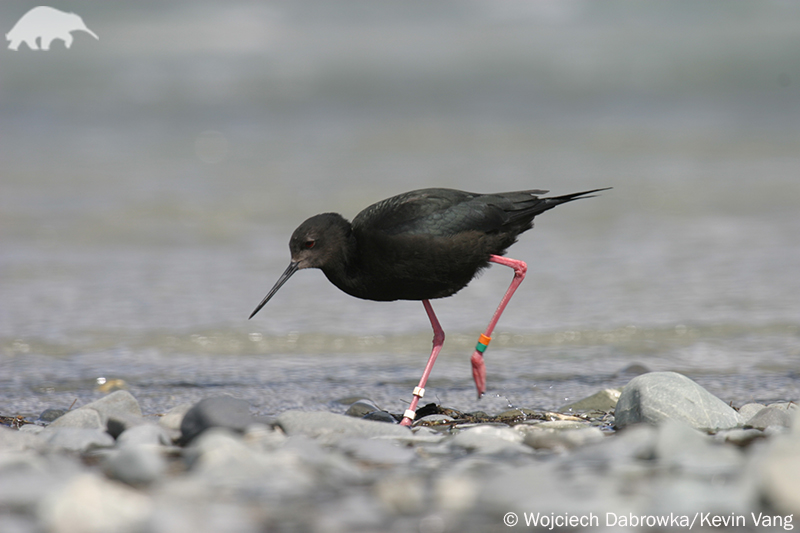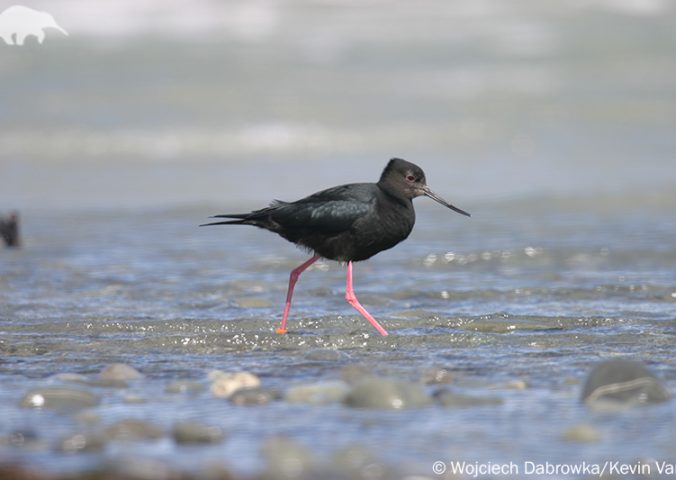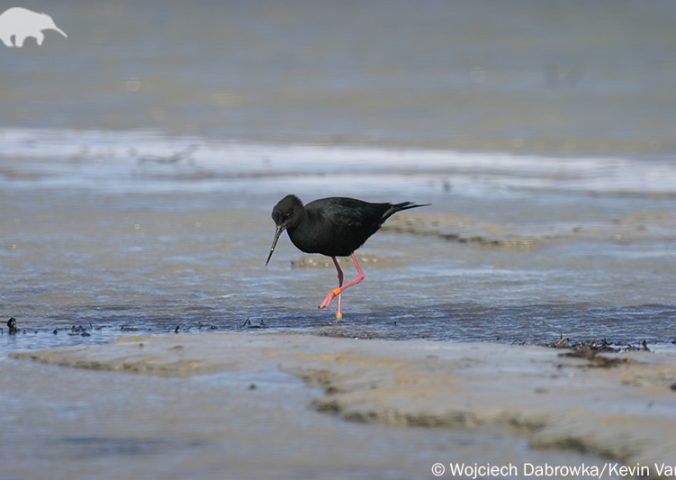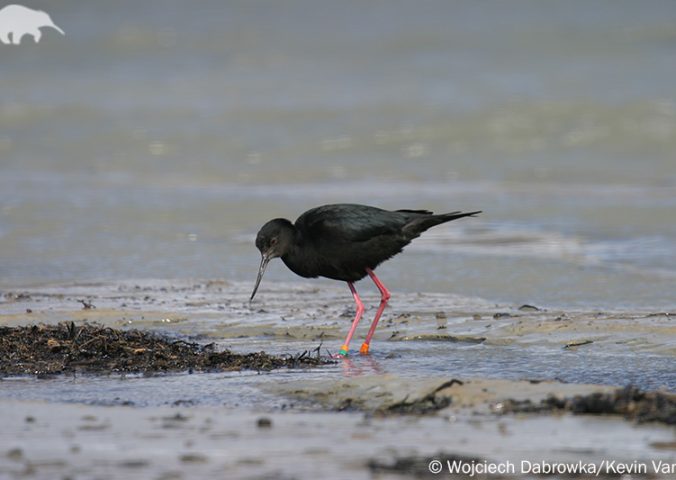About
With an estimated population of just 93 adults, this stilt is the rarest wading bird in the world.
Aptly named the Black Stilt, this striking bird is entirely black apart from its very long, red legs. These long legs are adapted for wading through varying depths of water in the wetlands and braided rivers of the South Island, New Zealand. Originally found throughout most of the country, the Black Stilt is now predominantly restricted to the Waitaki Valley. Introduced mammals such as cats, stoats, ferrets and hedgehogs have been the main cause in the decline of the species. Habitat loss and disturbance by humans have also contributed to the decrease in numbers. Thanks to intensive management of wild and captive populations and wetland habitats, numbers are now on the increase. As recently as 1999, there were only 4 wild pairs of Black Stilts. Supplementation of the wild population via egg collection, incubation, hand-rearing chicks and release of juveniles has prevented species extinction and increased pair numbers to a 40+ year high of 23 pairs in 2012.
- Order: Charadriiformes
- Family: Recurvirostridae
- Population: <100
- Trend: increasing
- Size: 40 cm
EDGE Score
Distribution
Endemic to New Zealand, the tiny remaining population is found only in the Waitaki Valley of the South Island. A small number of individuals may fly to coastal areas and to the North Island for winter, but the majority remain in the Waitaki Valley.
Habitat and Ecology
They are wading birds, and as such inhabit wetlands, including swamps, estuaries, braided riverbeds, tarns, lake deltas and intertidal flats.



